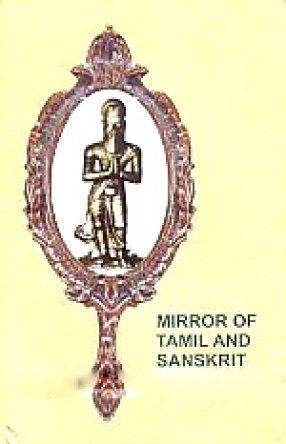
R Nagaswamy

Showing all 10 books

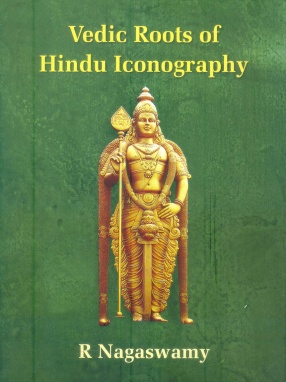
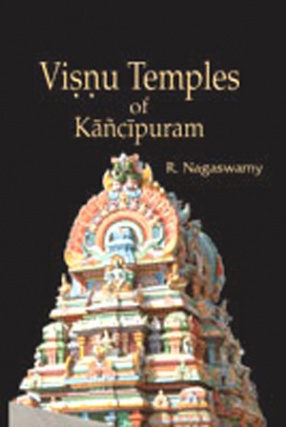
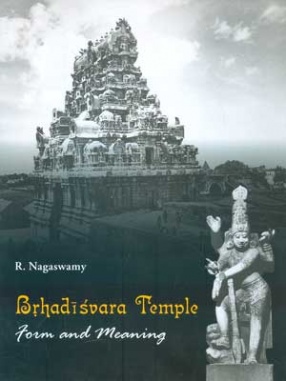
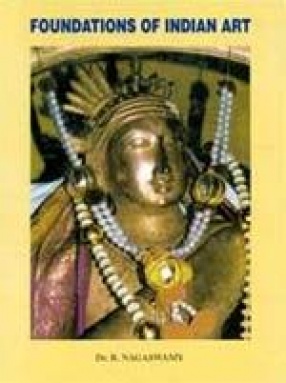
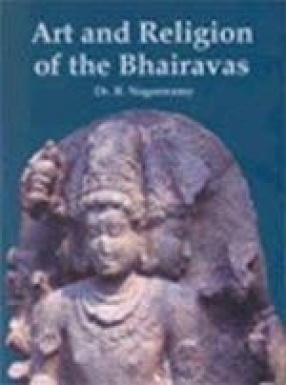

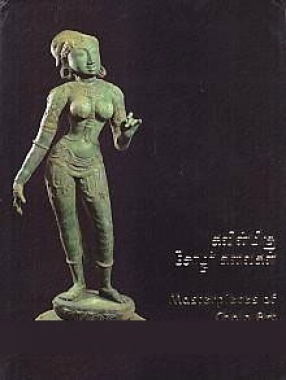

This book explores the Hindu iconography from the Vedic to recent period in time and space that would dispel many misconceptions. The first few articles deal with Agni, the fire of Vedas. The fire has two inherent powers, the consuming heat energy and illuminating beneficial energy, which they called on one hand as Rudra and on the other Vishnu. Similarly Rudra is like the father and the benevolent energy of the same fire, insuperable, is called mother devi ...

Kancipuram was the important capital of north Tamil Nadu for a long period -- from the first-second century ce to the end of the seventeenth century. It was a beautiful city laid out in the form of a lotus, according to the poem Perumbanarrupadai. It was admired by the world as a place famous for its festivals and noted for its temples. Through the ages, it has been the abode of many religious leaders who devoted their lives to the religious uplift of the ...

The Great Temple at Tanjavur is a visual representation of Cosmic power on earth that remains, according to the pious wish of the builder, so long as the sun and moon lasts. The God who inhabits this abode is said to be seated with his consort on the summit of the metaphysical mountain surrounded by a circle of peaks in which the divine power descends in diminishing potency as it comes down gradually and takes his abode at the peak of the circle, appropriate to ...

The images like Nataraja, Ardhanari, Harihara, and Durga arise from Vedic poems. The Body, as a city or temple where the divine image dwells, is a Vedic image. The temple sculptures, and iconographic program played a significant role in the Saiva Siddhanta symbolism. The four armed bronze image of Nataraja in Tamilnadu was the most successful creation of Indian art and with this Indian Art reached its aesthetic perfection. The image of Varaha Vishnu at Khajuraho ...
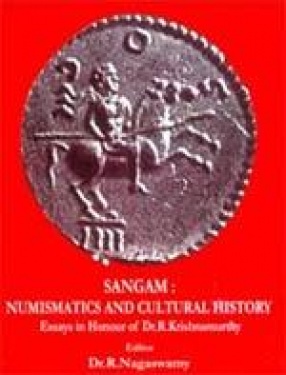
This Volume brought out to honour Dr. R. Krishnamurthy whose contribution to Sangam Age numismatics is well known, contains nineteen essays. They deal with different aspects of numismatics and cultural history of India. The scholars who have contributed to this festschrift are: Peter Berghaus, David W. MacDowall, Reinhold Walburg, Barbara Mears, Baldev Raj, et.al., V.I. Subramoniam, Iravatham Mahadevan, K.V. Raman with Chitra Madhavan, Shobana Gokhale, A.V. ...

A pathbreaking new approach to the study of Indian Art and religion, this work bases its analysis on two rare Sanskrit texts, Sarva-siddhanta-viveka, (Critical understanding of all religious systems) and Jnana-siddhi (achievement of knowledge), through which the meaning and identification of some of the immortal sculptures of India like Elephanta Trimurti are discussed. After introducing as many as thirty various schools of Saivism and "Sakta-Vama ...
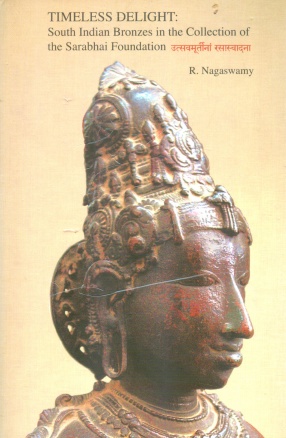
This book on South Indian Bronzes in the Sarabhai Foundation captures the visual and aesthetic impact these outstanding images leave on the spectator. Serving as a catalogue, with textual and photographic studies, the work springs into space the different manifestations of Godhood that were devoutly visualized, aesthetically created, and spiritually experienced, in the early part of Pallava and Chola periods. South Indain Bronzes were made for festive worship and ...
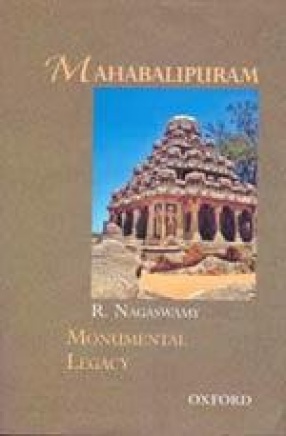
Built in 700 CE by the famous Pallava King Rajasimha, Mahabalipuram is a unique monument where art form combines with religion and legends. Also known as Mamallapuram, it showcases the best of Tamil art and architecture. The beauty of the monument is further enhanced by its location on the shores of the Bay of Bengal, the latter significantly influencing the creations. Part of the prestigious monumental legacy series, this book takes readers on a fascinating tour ...
